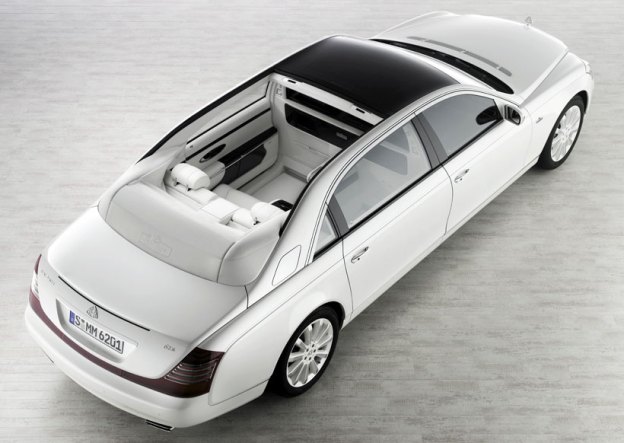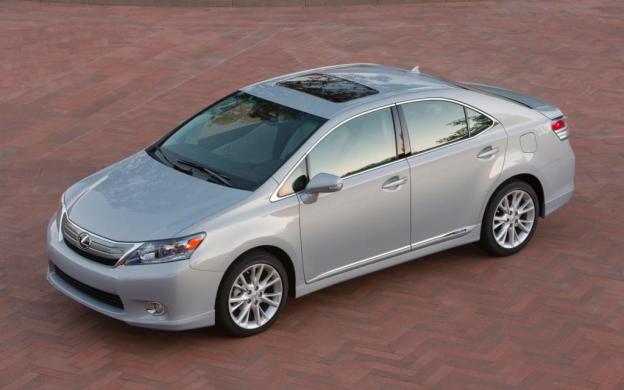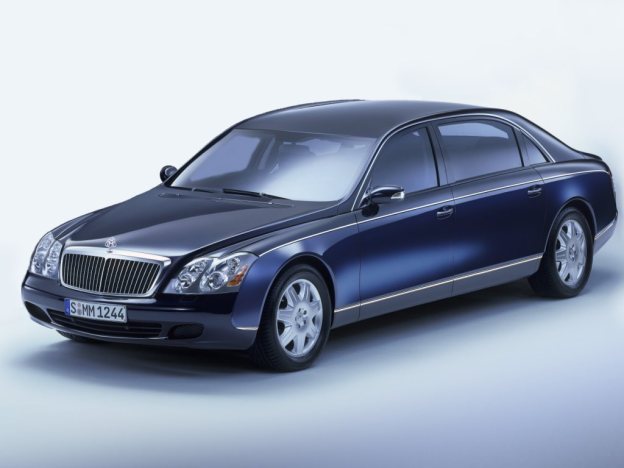 You know what they say about the best laid plans. The car world wouldn’t be very interesting if some new models didn’t come along to replace the old, but that doesn’t mean the people who made these now-discontinued products didn’t have something glorious in mind. Or maybe not: these five cars all promised something more than just basic transportation, but not all of those promises were sincere, or anything buyers really wanted.
You know what they say about the best laid plans. The car world wouldn’t be very interesting if some new models didn’t come along to replace the old, but that doesn’t mean the people who made these now-discontinued products didn’t have something glorious in mind. Or maybe not: these five cars all promised something more than just basic transportation, but not all of those promises were sincere, or anything buyers really wanted.


It takes a car expert to tell the difference between the DB9, DBS, and Virage; not a good thing if you’re spending hundreds of thousands of dollars on a unique ride. In terms of performance, the Virage was deliberately positioned as the middle child between the DB9 and DBS; its horsepower and acceleration times split the difference between the two. However, there just wasn’t a big enough gap to justify a third model.

The humble Toyota chassis and luxury pretentiousness combined to form a car that made little sense. The HS only returned 35 mpg city and 34 mpg highway, according to the EPA, and started at $37,905. A 2013 Prius is rated at 51 city, 48 highway, and starts at $24,760.

A new Maybach in 2012 was essentially a car from 2004; it even had recirculating ball steering (even the Lincoln Town Car had switched to a more modern setup) and a five-speed automatic transmission. Modern infotainment was nowhere to be found and, while Rolls-Royce and Bentley updated their interiors, Maybach was stuck with one that looked dated when it was new.
A 6.0-liter V12 produced 603 hp in the “sporty” 57S, which was the car’s most impressive feature, besides the price. For all that early-2000s goodness, Maybach charged north of $300,000.

While it’s hard to blame people for thinking the Mercedes GL is too butch, it does pretty much the same job as the R-Class, without looking like a Chrysler Pacifica. For a retro touch, there’s also the E-Class wagon, which has a smaller footprint than either the R or GL, along with rear-facing third row seats.
With its car-like styling and SUV size, the R-Class was an amalgam of the E-Class wagon and GL, which was apparently something most people didn’t want. It even confused Mercedes, which alternately marketed the R-Class as a “Sports Tourer” or a “Family Tourer.”
Maybe Mercedes should have kept the R63 AMG which, at least, had a 6.3-liter, 500 hp V8.


